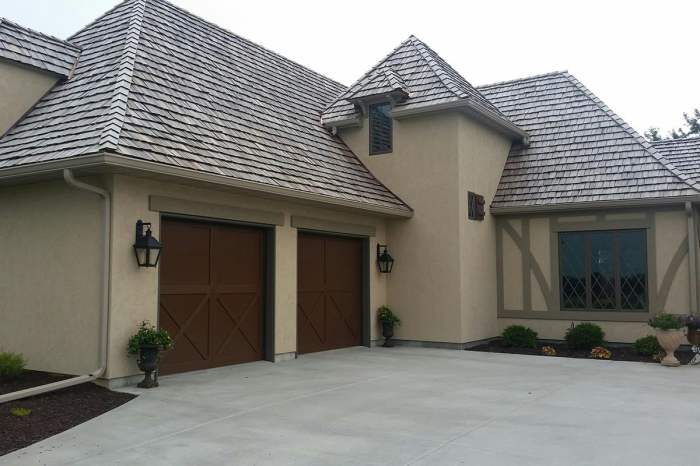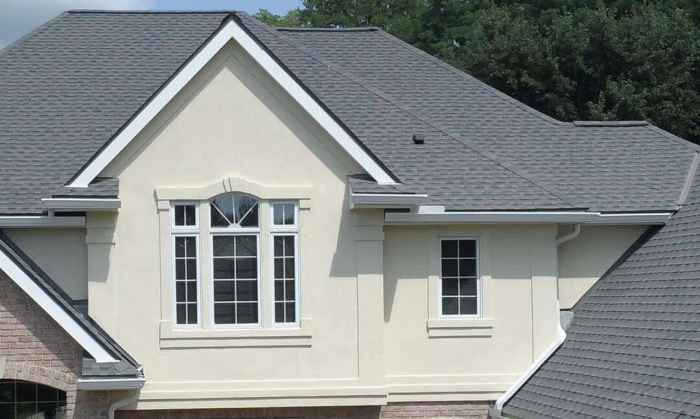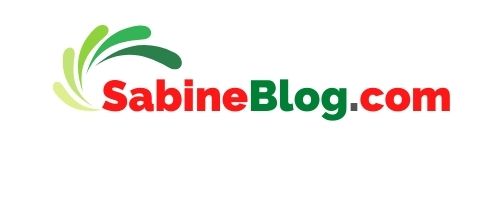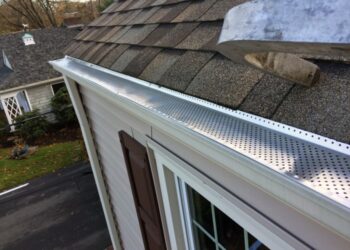Exploring the world of EIFS siding unveils a fascinating realm of innovative construction techniques and durable materials. From its inception to installation, this guide covers all you need to know about EIFS siding.
As we delve deeper, you’ll gain insights into its components, installation process, maintenance tips, and even a comparison with traditional stucco. Let’s embark on this journey together!
What is EIFS Siding?

EIFS (Exterior Insulation and Finish System) siding is a type of exterior cladding system that provides insulation, weatherproofing, and a decorative finish for buildings. It consists of several layers that work together to create a seamless and durable exterior surface.
Components of EIFS Siding
- The insulation layer: This layer is typically made of expanded polystyrene (EPS) foam board, which helps improve the energy efficiency of the building by reducing heat loss.
- The base coat: A polymer and cement mixture that is applied over the insulation layer to provide strength and adhesion for the finish coat.
- The finish coat: This is the outermost layer of the EIFS system and comes in a variety of textures and colors to enhance the aesthetic appeal of the building.
Benefits of Using EIFS Siding
- Energy efficiency: The insulation layer helps reduce heating and cooling costs by creating a barrier against heat transfer.
- Design versatility: EIFS siding offers a wide range of colors and textures, allowing for endless design possibilities.
- Water resistance: The system is designed to repel water, preventing moisture from seeping into the building and causing damage.
- Durability: EIFS siding is resistant to cracks, impact, and fading, making it a long-lasting option for exterior cladding.
Installation of EIFS Siding
When it comes to installing EIFS siding, following a step-by-step guide can help ensure a successful outcome. Let’s delve into the process of installing EIFS siding, along with the tools and materials required for the job.
Step-by-Step Guide for EIFS Siding Installation
- Prepare the surface: Clean and inspect the wall surface to ensure it is free of debris and damage.
- Apply the base coat: Begin by applying the base coat, which serves as the foundation for the EIFS system.
- Install the insulation board: Cut the insulation board to fit the wall and secure it in place using adhesive.
- Apply the mesh: Embed the fiberglass mesh into a base coat layer to provide strength and flexibility.
- Add the finish coat: Apply the finish coat in the desired texture and color to complete the EIFS system.
Tools and Materials Required for EIFS Siding Installation
- Tools: Trowels, utility knives, hawks, floats, and mixers for preparing and applying the EIFS materials.
- Materials: Base coat, insulation board, fiberglass mesh, finish coat, adhesive, and sealants for a complete EIFS system.
Comparison with Other Types of Siding Installation
- EIFS siding installation is more complex and requires specialized tools compared to traditional vinyl or wood siding.
- While EIFS offers superior insulation properties, it may require professional installation due to its intricate application process.
- Unlike brick or stone siding, EIFS is lightweight and versatile, allowing for various textures and finishes.
Maintenance of EIFS Siding

Maintaining EIFS siding is crucial to ensure its longevity and appearance. Regular maintenance can help prevent costly repairs and extend the lifespan of your exterior walls.
Common Issues with EIFS Siding and How to Address Them
- Moisture Damage: Check for any signs of water infiltration such as discoloration, bubbling, or soft spots. Address any leaks promptly and make sure the drainage system is functioning properly.
- Cracking: Inspect the siding for any cracks, especially around windows, doors, and corners. Repair any cracks with compatible EIFS patching materials to prevent further damage.
- Mold and Mildew: Keep the siding clean by regularly washing it with a mild detergent and water solution. Ensure proper ventilation to prevent mold and mildew growth.
Tips for Extending the Lifespan of EIFS Siding
- Regular Inspections: Conduct routine inspections to catch any issues early on and address them promptly.
- Cleaning: Clean the siding at least once a year to remove dirt, debris, and pollutants that can damage the finish.
- Sealant Maintenance: Check the sealant around windows, doors, and penetrations regularly and reapply as needed to maintain a watertight seal.
- Avoid Impact: Be cautious when performing any activities near the siding to prevent accidental damage.
EIFS Siding vs. Traditional Stucco
When comparing EIFS siding with traditional stucco, there are key differences to consider in terms of cost, advantages, and disadvantages.
Cost Comparison
EIFS siding tends to be more cost-effective compared to traditional stucco due to its lighter weight and easier installation process. Traditional stucco requires more labor and materials, making it a pricier option.
Advantages and Disadvantages
- EIFS Siding:
- Advantages:
- Offers better insulation properties
- Highly customizable in terms of texture and color
- Resistant to cracking and fading
- Disadvantages:
- Potential moisture infiltration if not properly installed
- Requires regular maintenance to prevent water damage
- Traditional Stucco:
- Advantages:
- Durable and long-lasting when maintained properly
- Provides a classic look and feel
- Can increase the resale value of a home
- Disadvantages:
- Prone to cracking over time
- Difficult to repair once damaged
- Requires more maintenance compared to EIFS siding
Closure
In conclusion, EIFS siding emerges as a versatile and cost-effective option for homeowners seeking both aesthetic appeal and durability. By understanding the intricacies of EIFS siding, you’re equipped to make informed decisions for your property. Dive into the world of EIFS siding and elevate your home’s exterior with confidence.
Top FAQs
What is EIFS Siding?
EIFS siding, or Exterior Insulation and Finish System, is a multi-layered exterior wall system that provides insulation and aesthetic appeal to buildings.
How do you install EIFS Siding?
To install EIFS siding, follow these steps: prepare the surface, apply the base coat, attach insulation boards, add the finish coat. Consult a professional for detailed guidance.
What are the maintenance procedures for EIFS Siding?
Maintenance for EIFS siding involves regular cleaning, addressing cracks promptly, and ensuring proper drainage to prevent water damage.
What are the differences between EIFS Siding and Traditional Stucco?
EIFS siding offers better insulation and design flexibility compared to traditional stucco, but stucco is more durable and fire-resistant.







